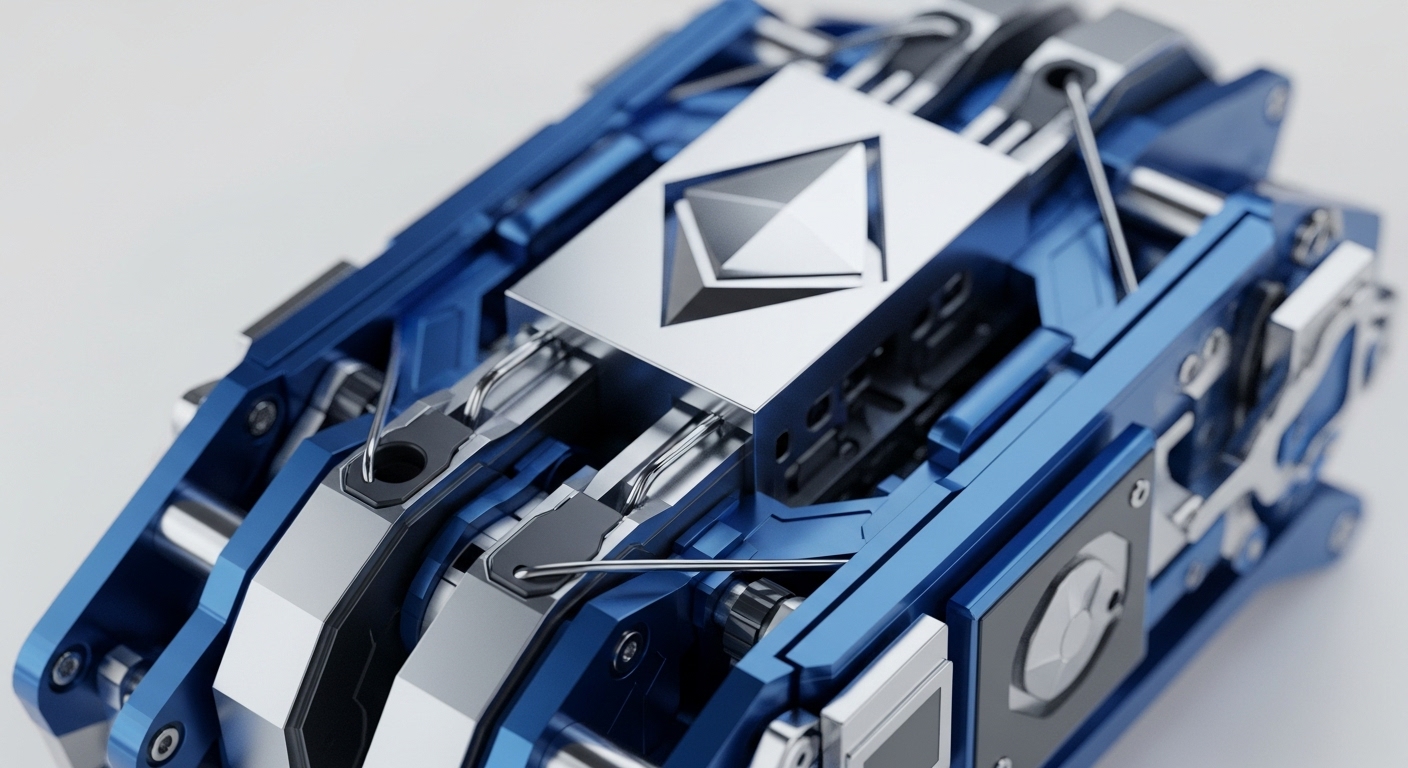
Briefing
A foundational problem in distributed systems is designing a consensus mechanism that is both highly secure against future computational threats and environmentally sustainable, a challenge the new Proof of Quantum Work (PoQW) directly addresses. This mechanism proposes a blockchain architecture where block creation is only feasible using quantum computers, leveraging the concept of quantum supremacy to ensure that the mining process remains computationally intractable for any classical machine. The core breakthrough lies in integrating the probabilistic nature of quantum mechanics into the blockchain framework, maintaining stability despite sampling errors inherent to quantum hardware. The single most important implication is the establishment of a truly quantum-safe consensus layer, which not only mitigates the long-term existential threat of quantum attacks but also drastically reduces the energy consumption traditionally associated with classical Proof-of-Work systems.

Context
The established theoretical landscape of blockchain consensus is dominated by two paradigms → Proof-of-Work (PoW), which offers high security through energy expenditure but suffers from massive environmental costs and scalability limitations, and Proof-of-Stake (PoS), which is energy-efficient but introduces centralization risks tied to stake concentration. The prevailing academic challenge is the looming quantum threat, where Shor’s and Grover’s algorithms could eventually break the public-key cryptography and hash functions securing current blockchains. Existing PoW systems are not inherently quantum-resistant, and a viable, secure, and energy-minimal consensus mechanism that leverages, rather than fears, the power of quantum computation was a critical, unsolved foundational problem.

Analysis
The core mechanism, Proof of Quantum Work, replaces the classical hashing puzzle with a “quantum-enhanced alternative” that is provably intractable for classical computers to solve efficiently. Conceptually, the new primitive is a quantum-based cryptographic puzzle that can only be solved by leveraging the unique computational properties of quantum annealing or other quantum supremacy demonstrations. The logic is simple → the quantum computer performs a calculation that is exponentially faster than its classical counterpart, effectively ensuring that only participants with access to quantum hardware can mine.
This fundamentally differs from previous approaches by shifting the resource requirement from classical computational power and energy (PoW) or capital stake (PoS) to quantum computational capability. The framework refines the blockchain to incorporate the probabilistic outcomes of quantum mechanics, ensuring the stability and integrity of the chain against hardware inaccuracies.

Parameters
- Quantum Hardware Utilized → Four D-Wave quantum annealing processors – The number of distributed quantum machines used to implement and demonstrate the stable operation of the prototype blockchain.
- Experimental Protocol → Hundreds of thousands of quantum hashing operations – The scale of the test demonstrating stable operation and quantum-safe security.

Outlook
This research opens a new avenue for consensus mechanism design, pivoting the focus from post-quantum cryptography (securing classical systems against quantum attack) to quantum-native consensus (building systems that require quantum resources). The next steps involve formalizing the asymptotic security proofs of PoQW and exploring its implementation on gate-based universal quantum computers to assess generalizability. In 3-5 years, this theory could unlock the first generation of truly quantum-safe, environmentally sustainable, and highly decentralized blockchains, potentially enabling new market capabilities by offering an absolute guarantee of security against future computational advancements.

Verdict
The Proof of Quantum Work establishes a paradigm shift in consensus theory, introducing a quantum-native primitive that fundamentally redefines the security and sustainability parameters of future blockchain architecture.
